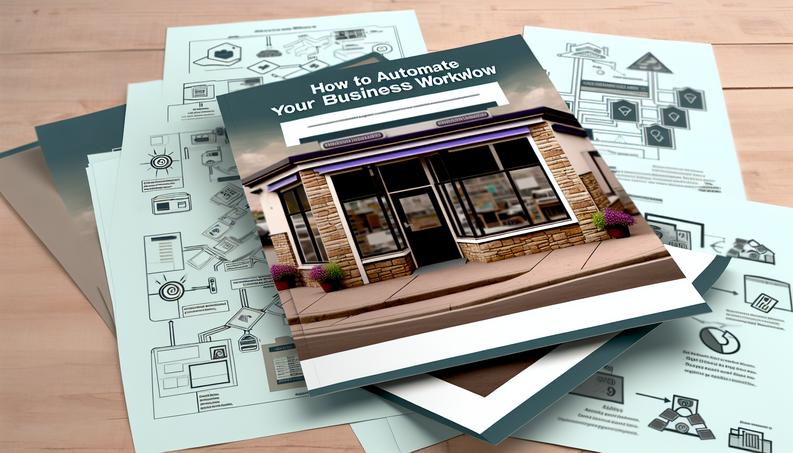
How To Automate Your Business Workflow: Innovative Strategies For Local SMEs With SYSTREE
Understanding Workflow Automation
Workflow automation for local SMEs involves streamlining routine tasks and business processes using technology. It allows businesses to automate repetitive activities, enhance productivity, and reduce human error. Key benefits include improved operational efficiency, cost savings, and better customer engagement. Incorporating automated workflows enables businesses to focus on strategic goals, leading to scalable growth and enhanced competitiveness. For more insights, check out our article on unlocking business potential through automation tools.
Innovative Strategies to Streamline Operations
Innovative strategies to streamline operations focus on adopting automation tools, AI integrations, and efficient workflow methodologies that can revolutionize business processes. For instance, using AI voice agents can enhance customer communication while automating responses, significantly reducing manual tasks. Implementing workflow automation not only saves time but also minimizes errors, leading to improved productivity. Businesses embracing these cutting-edge techniques typically enjoy greater efficiency and operational control. For further insights, explore our detailed discussions on workflow automation and AI's role in customer engagement.
Integrating Automation with Existing Systems
Integrating automation solutions with existing systems such as CRM and ERP involves several key best practices. First, conduct an assessment of current systems: Analyze existing workflows and data flows to identify integration points for automation, ensuring compatibility with CRM and ERP platforms. Next, consider modular integration: Opt for modular solutions that allow incremental integration without disrupting ongoing operations, thus minimizing risks associated with system downtime. Data synchronization is also crucial; ensure real-time data synchronization between systems to maintain accuracy and consistency, which is vital for informed decision-making. Additionally, provide thorough user training and support to enhance user adoption of new automated systems. Lastly, address scalability considerations: Implement scalable automation tools that can grow with your business needs, allowing for future expansion without major system overhauls. For more insights, consider visiting our articles on streamlining business processes using automation and the role of automation in enhancing workflows.
The Role of AI in Business Workflow Automation
Artificial intelligence is revolutionizing business workflow automation by streamlining processes, enhancing decision-making, and improving customer interactions. AI tools enable businesses to automate repetitive tasks, allowing teams to focus on higher-value activities. For instance, intelligent automation can transform complex workflows in sectors like accounting and legal compliance, delivering real-time insights and improving efficiency. By integrating AI solutions, companies can gain a competitive edge, minimizing manual errors and achieving significant operational gains. Discover more about how AI can enhance your business workflow today.
Implementation Roadmap for SMEs
To successfully implement automation, SMEs should follow a structured roadmap. Start by identifying goals: Define specific automation goals tailored to your business processes, such as improving customer service or reducing operational costs. Next, assess current workflows: Analyze existing workflows to identify areas of inefficiency or repetitive tasks that can benefit from automation. Then, select automation tools: Research and choose appropriate automation tools that cater to your needs. Popular choices include CRM systems and project management software. Additionally, design an automation strategy: Outline a clear strategy for implementing automation, including the selection of processes to automate and the expected outcomes. Implement changes incrementally: Start by automating one process at a time, allowing for adjustments based on initial results and ensuring system compatibility. Monitor and optimize after implementation by continuously tracking performance and seeking feedback. Finally, train your team and ensure they are well-equipped to adapt to new tools and workflows, providing ongoing support as necessary. Establish KPIs to measure success and adjust strategies based on data-driven insights. For more detailed insights, check our guide on unlocking business potential with automation tools.
Conclusion
In conclusion, understanding and implementing workflow automation can significantly boost the efficiency and competitiveness of SMEs. From leveraging innovative strategies that streamline operations to integrating AI for enhanced decision-making, the potential for growth and improvement is immense. By following a structured implementation roadmap, businesses can transition to automated processes smoothly and effectively. SYSTREE is here to assist your business in navigating the complexities of workflow automation and ensuring you fully harness its benefits. For more information on how SYSTREE can help you implement efficient innovations, visit SYSTREE.

